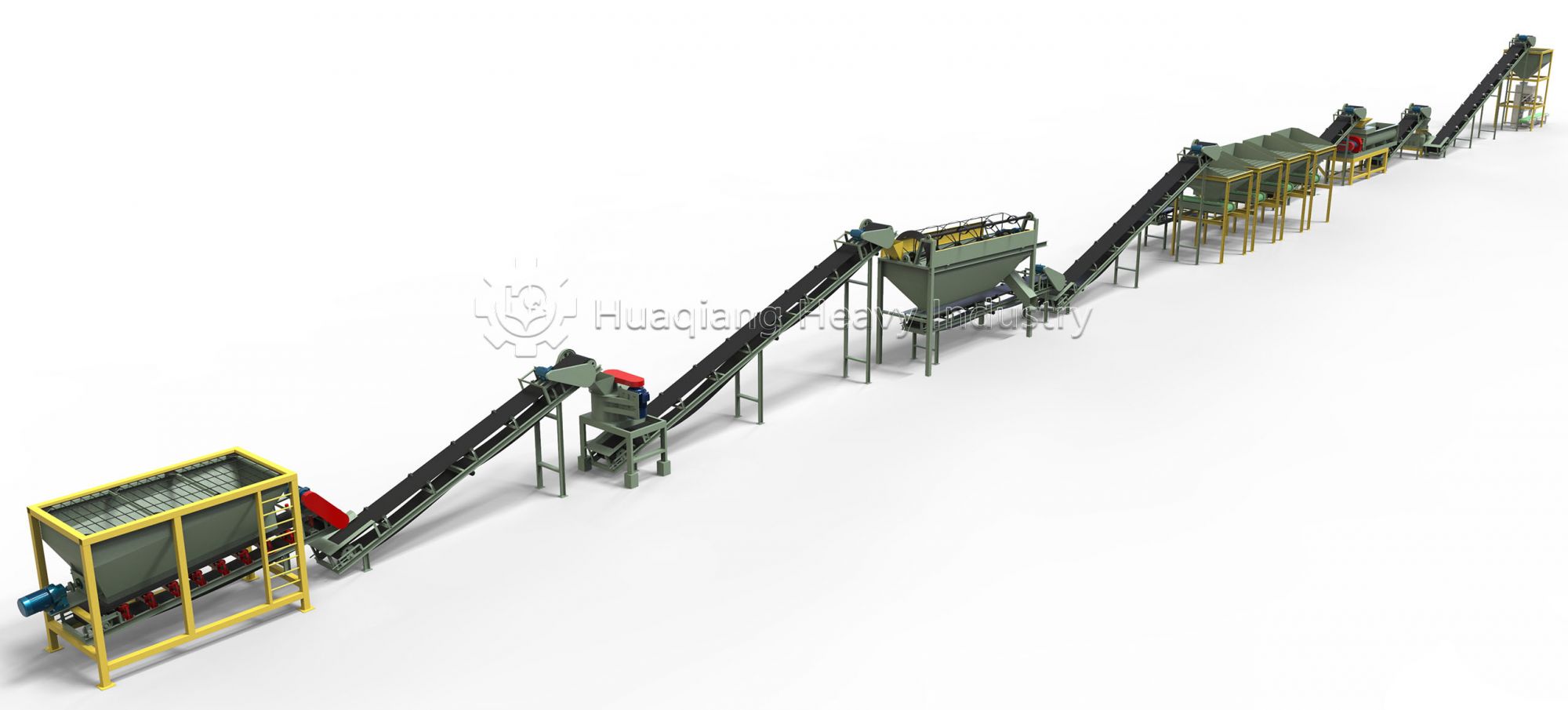Why has the flat die pelleting machine become the preferred choice for numerous industries? Discover its core competitiveness
.jpg)
Seven Pillars of Excellent Performance
In today’s competitive industrial equipment market, the flat die pelleting machine stands out among numerous granulation equipment with its unique seven advantages, becoming the preferred choice for users across various industries. These advantages not only reflect the technical advancement of the equipment but also demonstrate the designers’ deep understanding of user needs.
High-Pressure Molding Technology
Utilizes advanced high-pressure extrusion technology, enabling perfect molding even for materials difficult to cure. Powerful pressure ensures dense and uniform particles with significantly better molding effects than traditional methods.
Wide Applicability
Demonstrates excellent adaptability to various powdered or small particle materials. Whether biomass raw materials or chemical materials, it handles them effortlessly, achieving efficient transformation.
Particle Uniformity
Ensures each product has regular shape and uniform size through precise control of pressure and mold hole size. This consistency greatly enhances the quality of final products.
Continuous Production Capability
Achieves continuous material feeding and sustained particle output, significantly improving production efficiency. Stable operational performance ensures smooth production line operation.
Energy Consumption Control
Compared to other pelleting methods, the flat die pelleting machine optimizes energy consumption while ensuring efficient production. This balance significantly reduces operational costs.
Compact Design
Features simple and reasonable structural design with small footprint, saving valuable space in production workshops. Meanwhile, the simplified structure makes equipment maintenance and operation more convenient.
Environmental Protection and Energy Saving
Generates minimal dust during the pelleting process with low noise levels, fully complying with modern environmental requirements. The green production concept permeates every detail of equipment design.

Value Manifestation of Technological Innovation
The seven advantages of flat die pelleting machines form a synergistic ecosystem that enhances their role in modern fertilizer production. High-pressure compaction technology ensures the quality foundation for dense, durable fertilizer granules, while the machine’s wide applicability allows it to handle diverse materials in the NPK manufacturing process. Unlike a rotary drum granulator which relies on agglomeration, the flat die granulator employs direct fertilizer compaction to produce uniform particles, significantly boosting product market competitiveness.
Continuous production capability ensures high efficiency in a complete NPK production line, while moderate energy consumption reduces operational costs. The compact design optimizes space utilization compared to bulkier alternatives like the drum granulator. Furthermore, its environmentally friendly operation aligns with sustainable development goals. These integrated advantages establish the flat die pelleting machine as a core component among fertilizer production machines, offering a reliable and efficient solution for fertilizer compaction needs in competitive markets.
A Key Force Driving Industrial Upgrading
The technical advantages of flat die pelleting machines are reflected not only in equipment performance but, more importantly, in creating tangible value for users. In the biomass energy sector, it helps achieve efficient waste transformation; in the feed industry, it enhances product nutritional value and market competitiveness; in chemical and pharmaceutical fields, it ensures product quality stability and consistency. As global requirements for green manufacturing and sustainable development continue to increase, the environmental advantages of flat die pelleting machines will become more prominent. Looking ahead, this pelleting equipment integrating efficiency, energy saving, and environmental protection is destined to play an even more important role in promoting industrial upgrading and achieving sustainable development goals.